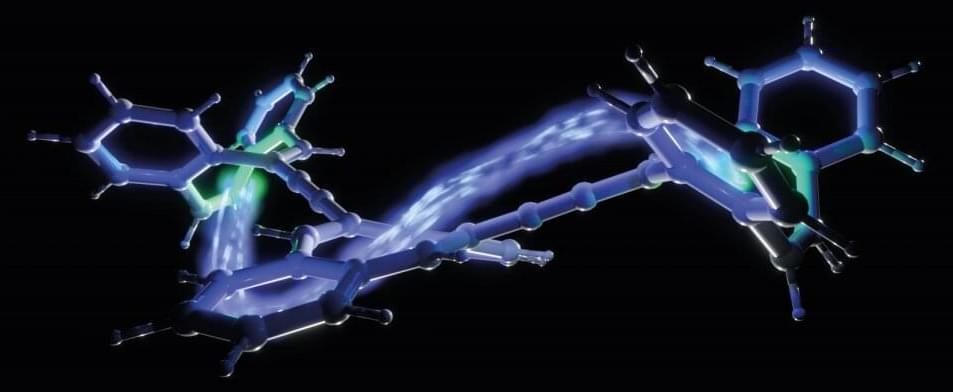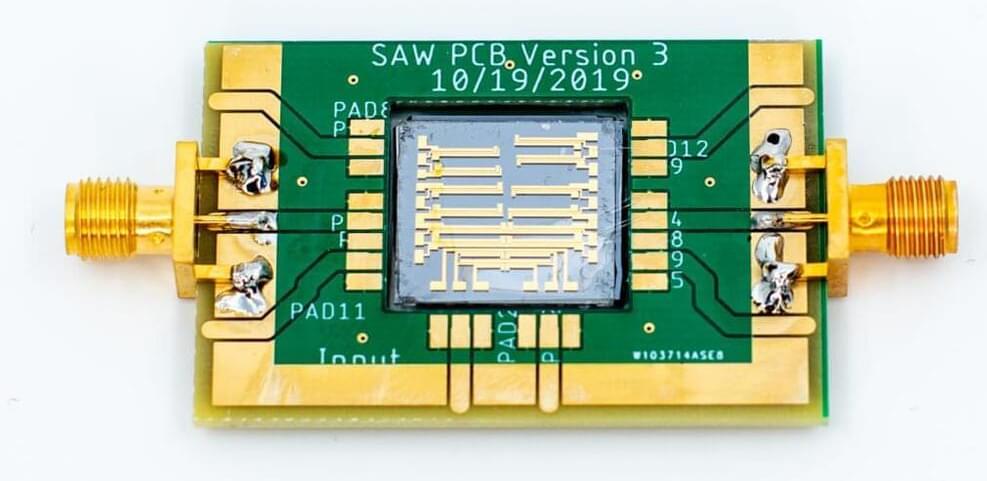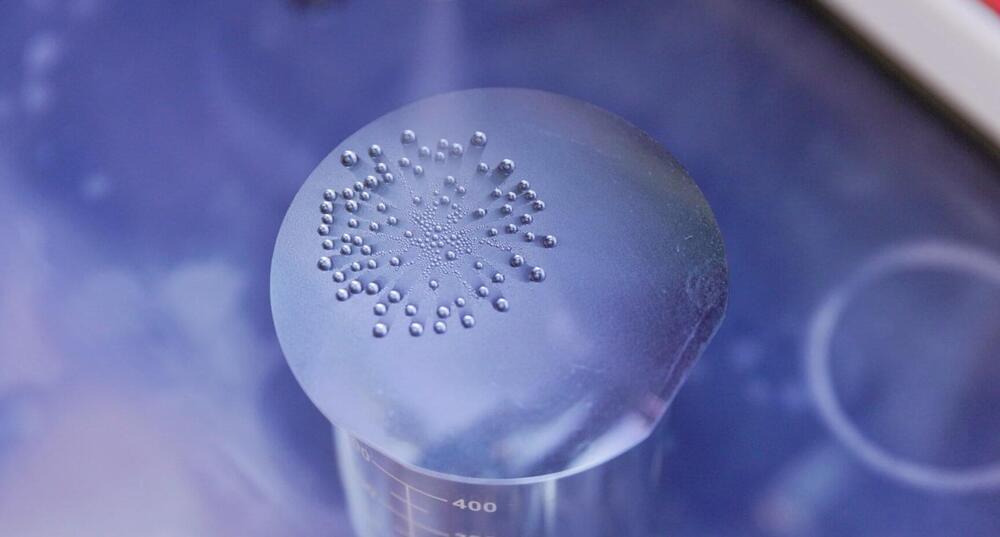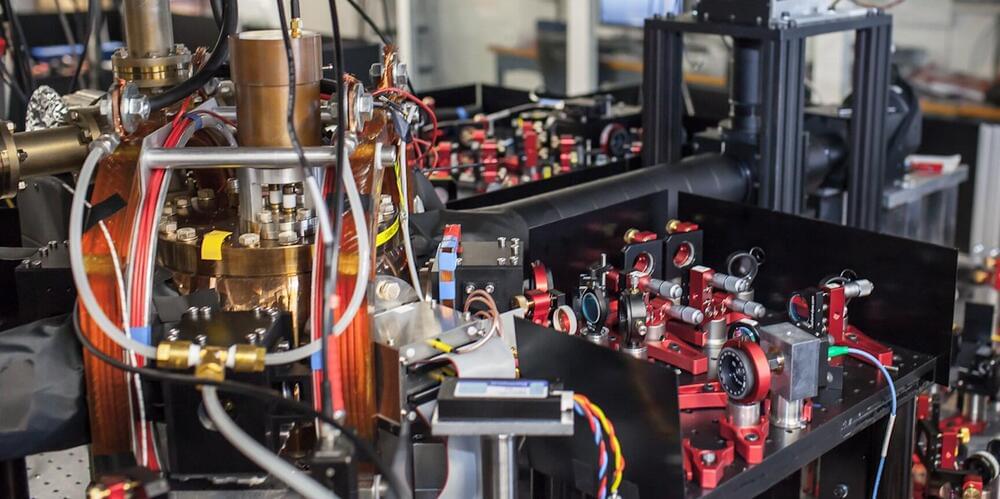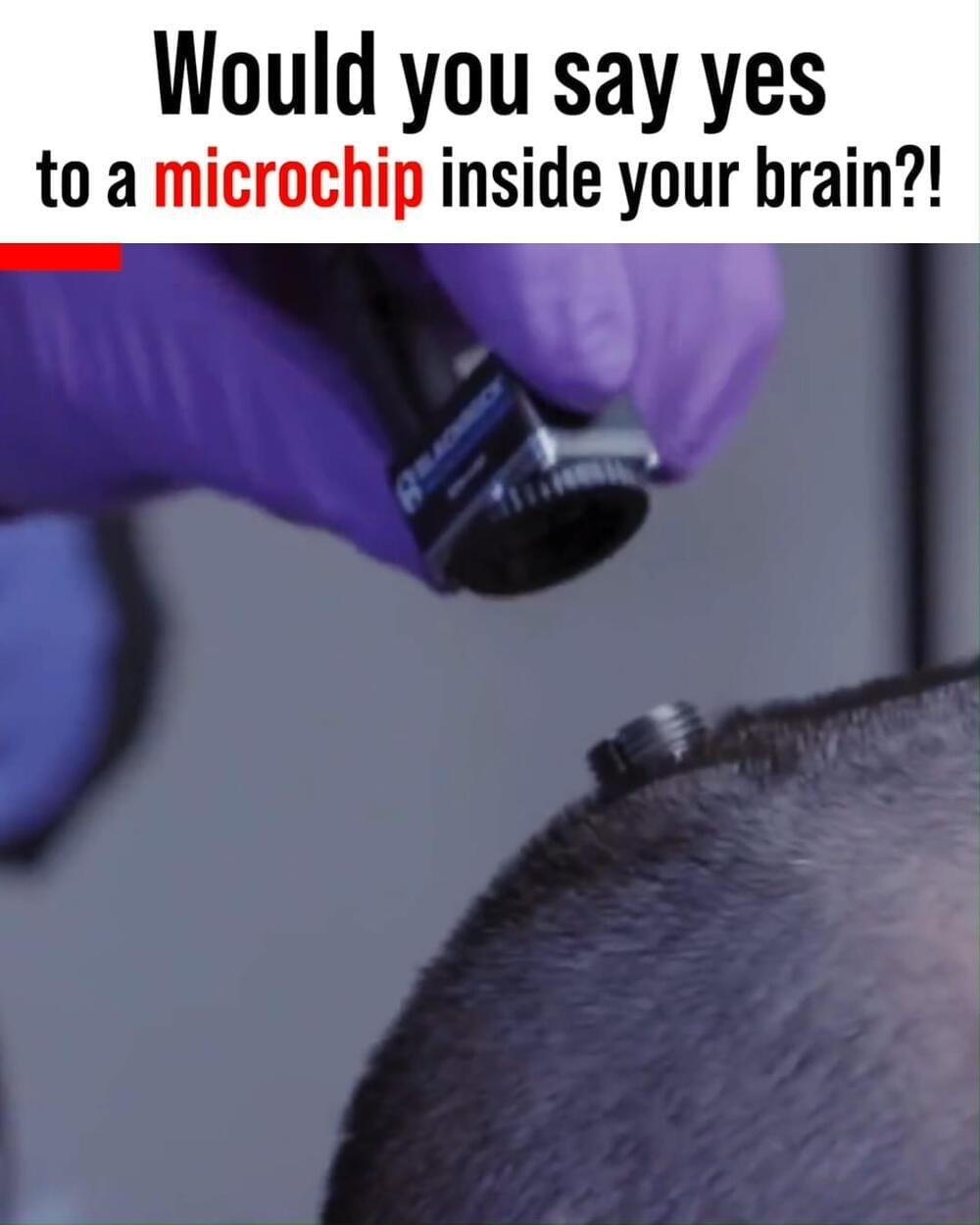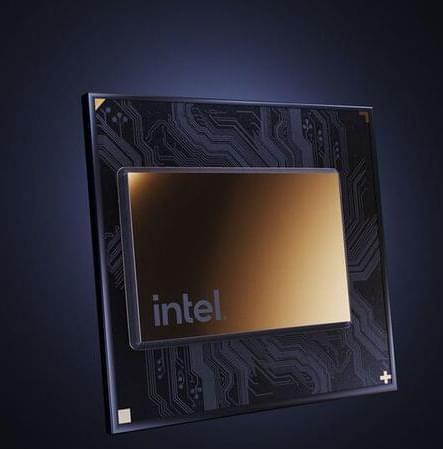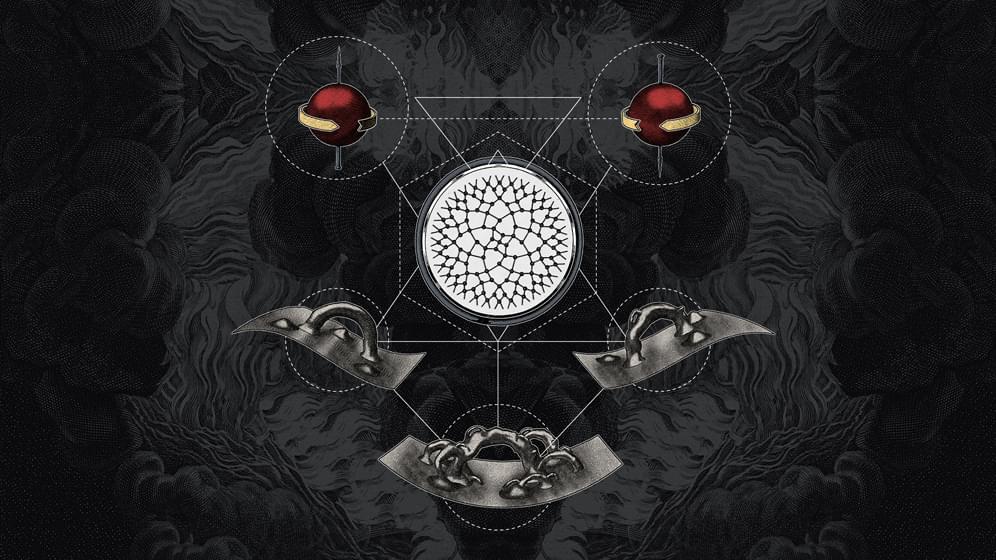Believe it or not, graphics card prices seem to be headed down. 3D Center has been tracking and reporting pricing trends for GPUs in Germany and Austria. There’s good news: prices are indeed on a downward slope. Even better; this is the third month in a row they have declined, so we can’t just write it off as a one one-time fluke. That said, here’s the bad news: even if this trend continues, which is a big if, prices are still so inflated that months of “progress” may only result in GPUs returning to MSRP, supply issues notwithstanding. At this point we’ll take what we can get.
The report by 3D Center for February mirrors the company’s report from last month, which we covered here. There’s a noticeable downward trend in pricing for both AMD and Nvidia GPUs. It’s almost shocking to see after so many reports of price increases. The trend is undeniable. According to 3D Center, the February price of AMD’s Radeon RDNA2 cards has fallen 18 percent, to 145 percent over MSRP. For Nvidia’s Ampere GPUs, prices fell 20 percent, leaving them 157 percent over MSRP.

